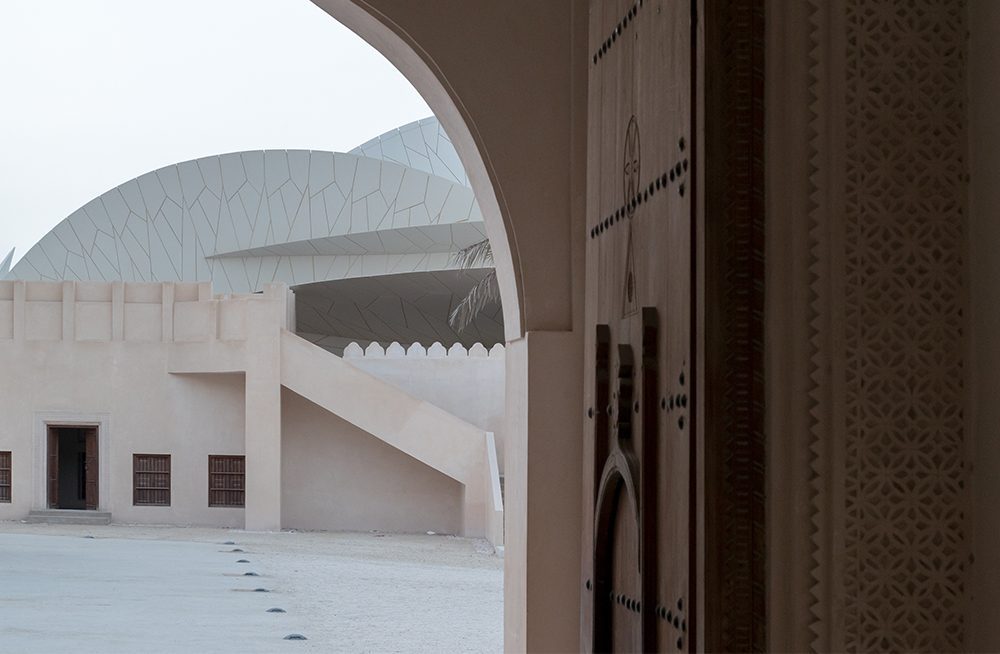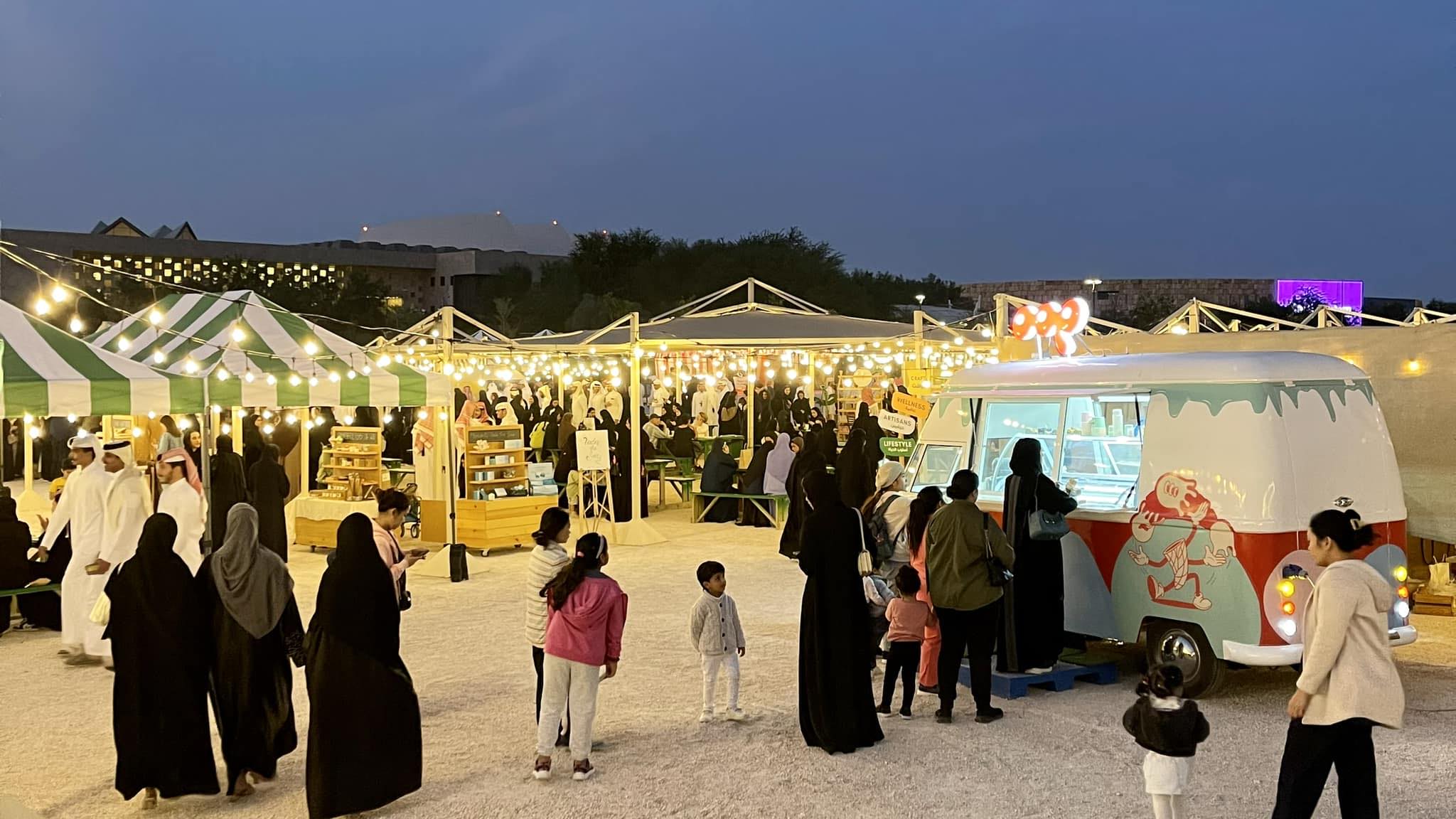The National Museum of Qatar (NMoQ) will reopen its splendid permanent galleries to the public, unveiling beautiful artworks and antiquities that have been inaccessible since the pandemic.
Colourful, historic, and a beautiful, the National Museum of Qatar’s permanent galleries will start welcoming visitors again from October 1st.
The Museum will open from 9:00 am to 7:00 pm from Saturday to Thursday, and 1:30 pm to 7:00 pm on Friday.
The desert rose-shaped museum is famous for its unique architecture and stunning gallery spaces, in addition to a 220-seat auditorium for the public to enjoy. To make the reopening special, NMoQ is showcasing the landmark exhibition Splendours of the Ancient East: Antiquities from The al-Sabah Collection in the museum’s Temporary Exhibition Gallery.
Splendours of the Ancient East: Antiquities include a collection of more than 170 objects drawn from the stunning holdings assembled in Kuwait by Sheikh Nasser Sabah al-Ahmad al-Sabah and Sheikha Hussa Sabah al-Salem al-Sabah.
With each object, the visitor gets a chance to experience the artistic and material culture of the ancient world— ranging from the third millennium BCE to the fifth century CE— in addition to revealing new insights into the roots of Islamic art.
Read more: Doha Trade Exhibition 2020.
The unique collection in display in the museum will include stunning jewelry and adornments, household furnishings, decorative elements, carved gemstones and seals, and anthropomorphic and zoomorphic figurines and ritual objects.
These objects are made with various materials that were used often during the third millennium BCE to the fifth century CE, including gold, silver, bronze, lapis lazuli, carnelian, turquoise, garnet, agate, amethyst, pearl, diamond crystals, glass, ivory, alabaster, and enamel.
What makes these objects extremely well-preserved and beautiful to look at to this day is the selective material used to craft them, in addition to the exquisite workmanship of these artifacts. Almost a millennia later, these objects are now on display as artistic heritage that flourished in the Gulf region.
Read more: Asma Al Mannai’s first solo exhibit opens at Doha Fire Station.

In addition to visiting the permanent galleries and the exhibition, guests will also be able to buy souvenirs from the gift shops or have lunch at JIWAN, the museum’s restaurant. However, the restaurant will only operate at a limited capacity—a maximum of 6 people per table inside and 10 for outdoor terrace tables— from Saturday to Thursday for lunch and afternoon tea.
The Desert Rose and Café 875 will also be open at a limited capacity, as will the museum’s playground and library.
Visiting the Museum
To ensure the safety of visitors and limit the possibility of infection, Qatar Museums, along with Qatar’s health ministry, has implemented health and safety protocols that must be followed for those wishing to visit the museum.
First, visitors must purchase tickets in advance on the Qatar Museum’s website. In addition, visitors must also present a “green” health status on the Ehteraz virus-tracing app, and each person will be checked for a normal temperature reading at the entrance.
Visitors are also required to wear face-masks throughout the visit, and only those who are 12 years of age or older will be allowed. Visitors who have a temperature or do not have a mask will not be allowed into the National Museum of Qatar.
Following the guidelines set by the health ministry, a limited number of visitors and staff will be allowed in the museum at a time.
Unfortunately, cloakrooms will be unavailable during this period. Interactive features such as touch screens will also be temporarily removed, and gallery guides will be offered virtually only. The collection galleries of the NMoQ will also remain closed due to maintenance.
Follow Doha News on Twitter, Instagram, Facebook and Youtube







